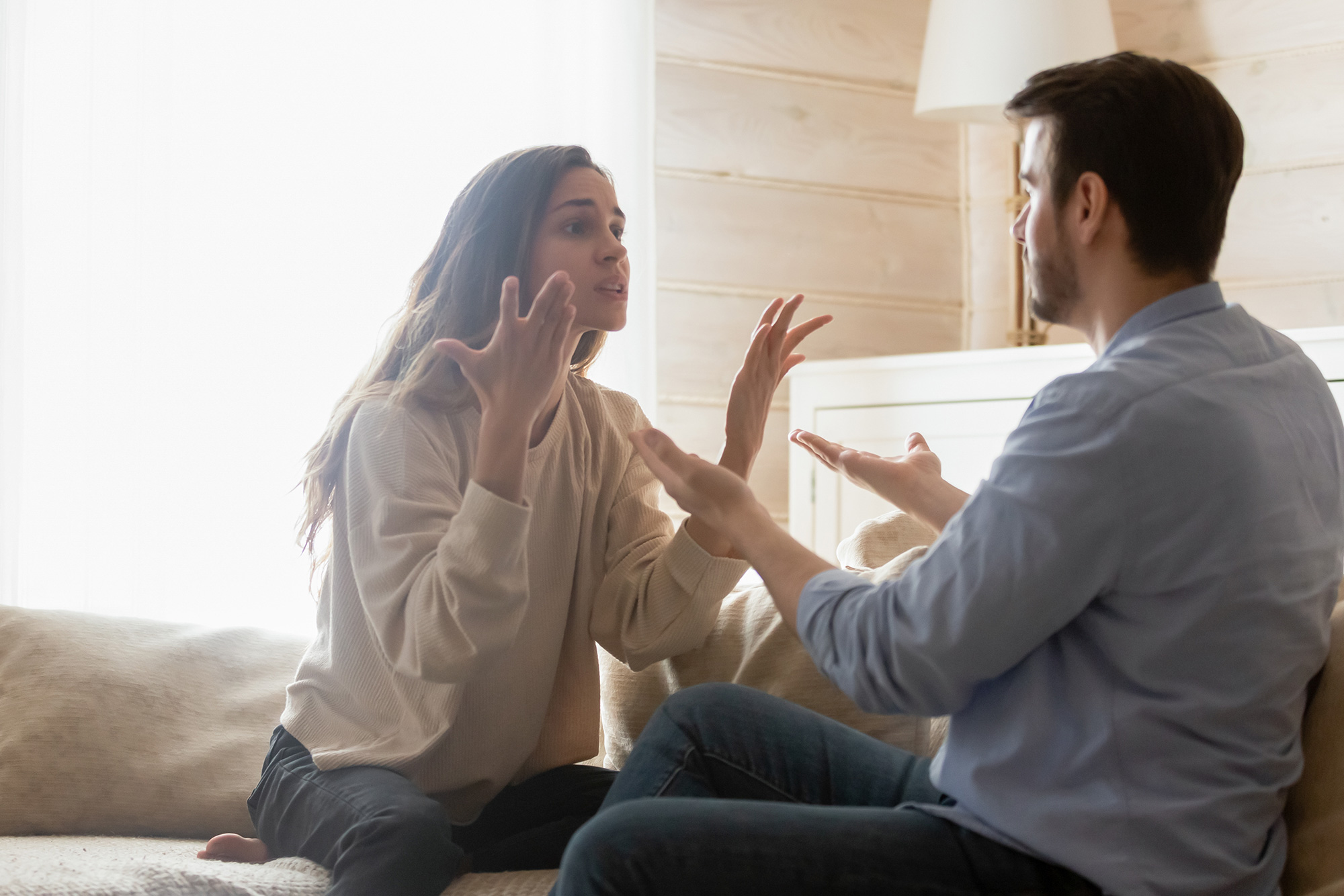A successful physician, Jack is admired and praised by colleagues and clients. Patients often tell him how grateful they are for his ability to diagnose — and fix — conditions that afflict them. He’s less successful at home, however. He loves his wife, Jennifer, but when she shares her exhaustion around managing her responsibilities at work, he goes into diagnosis mode, suggesting that she make changes in her management style.
Jennifer’s response is one he’s heard before: “I need you, and all you can do is second-guess me and criticize.”
Jack is confused, disappointed and frustrated that his support was rebuffed. They go their separate ways and don’t speak again until the next day. What the heck happened?
Especially for men, the desire to “make it better” — to fix problems — is a programmed response. The world reinforces the responses and skills of “fixers.”
When my car is running rough, I don’t need a hug — I need a mechanic who knows their way around a carburetor. When I get a good result, I tell others about that mechanic and encourage them to use his (or her) services and give them a great rating online. Colleagues and friends who aren’t part of our attachment system will often praise and reinforce our ability to “fix” things.
But for those who are part of our attachment system — like Jack’s wife Jennifer — fixing is often not the preferred response.
Our attachment system is so strong because, over millennia, humans have learned that we can’t survive and flourish alone. Babies have an innate instinct to look to their nurturing other in order to get their needs met. And as adults, our instincts and autonomic nervous system continue to tell us to attach to responsive and trusted others to help us get by. Often, we look to our partners for more than a “fix” to a situation. We also look for signals of empathy, understanding and emotional connection. That might be a tear or a hug, a sign that we are reaching inside of ourselves to feel some of what our partner is feeling.
Problem-solving, which is also something that partners do for each other, typically works better after an empathic connection is made. Marketers and advertisers have employed this pathway forever, using images, sounds and empathetic actors to connect emotionally with their audience before proposing the solution they say their product offers. While this might be contrived, at best (and perhaps manipulative at worst), when attached partners sincerely try to feel what their significant other is feeling, it builds a reciprocal bond of trust that lays the groundwork for working through solutions.
I don’t need or expect an emotional attachment with my contractor or optometrist, but I need it from the person I love.
There’s a wonderful Brené Brown video, just three minutes long, that examines the difference between sympathy and empathy. It can help you move from fixing to feeling, and hopefully on to helping your attached other with solutions that can actually help improve their life — and yours.
If you find that communication with your partner is difficult, couples therapy could be a pathway to a better connection. I’m available to help you, alone or as a couple, find better ways to manage conflict and provide the emotional support a good relationship relies on. You can reach me by calling 407-579-2070.
Source
